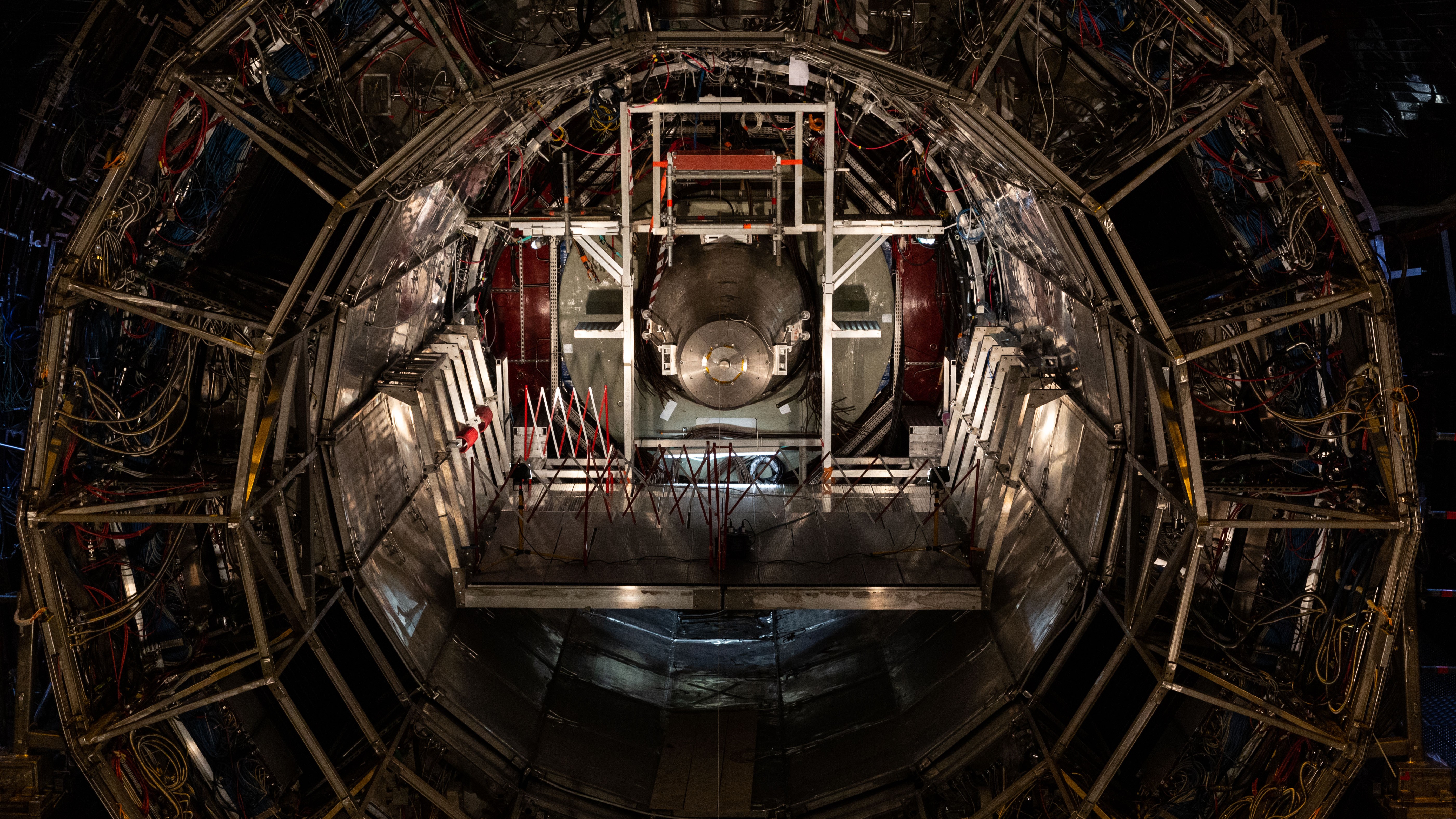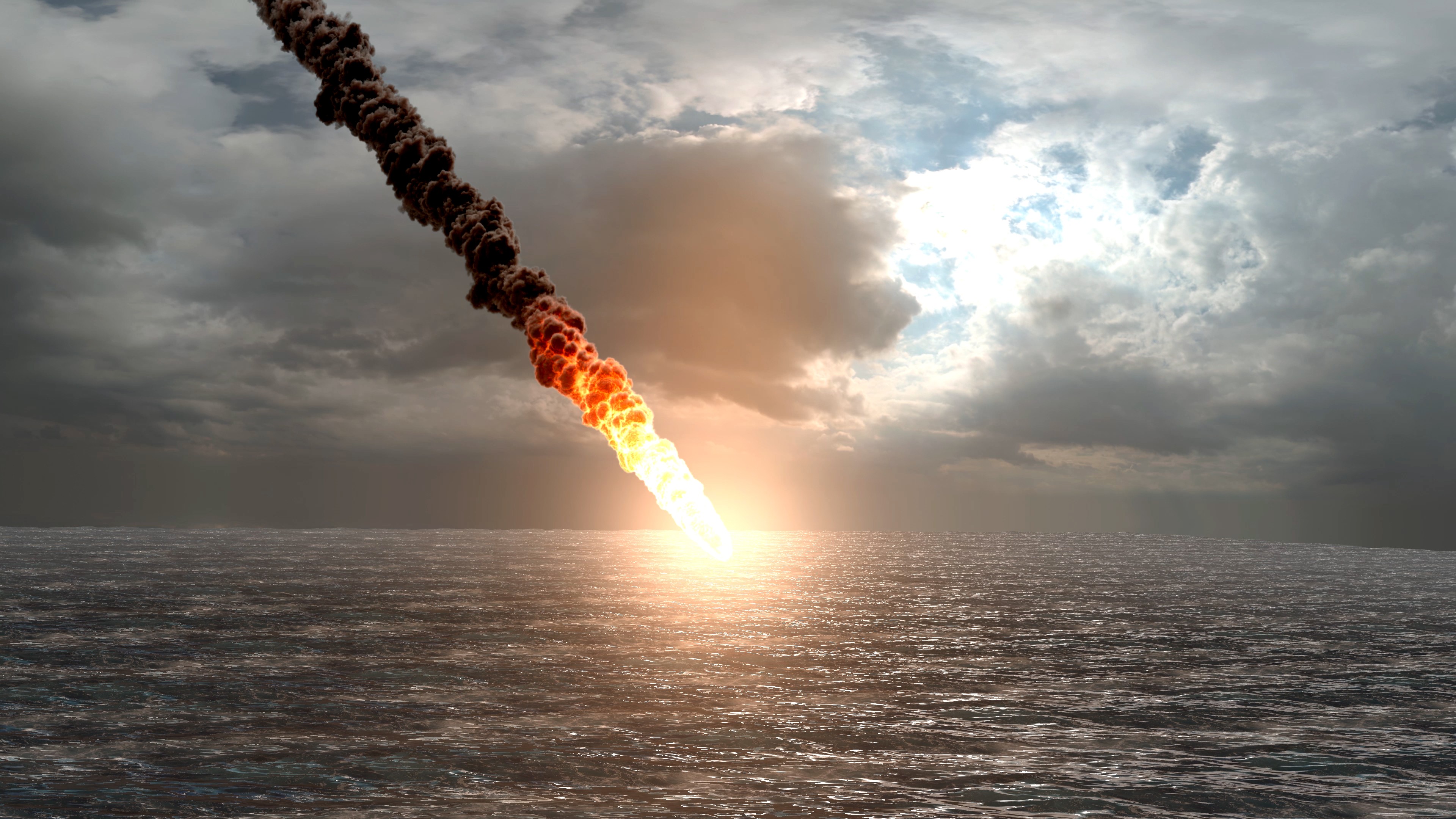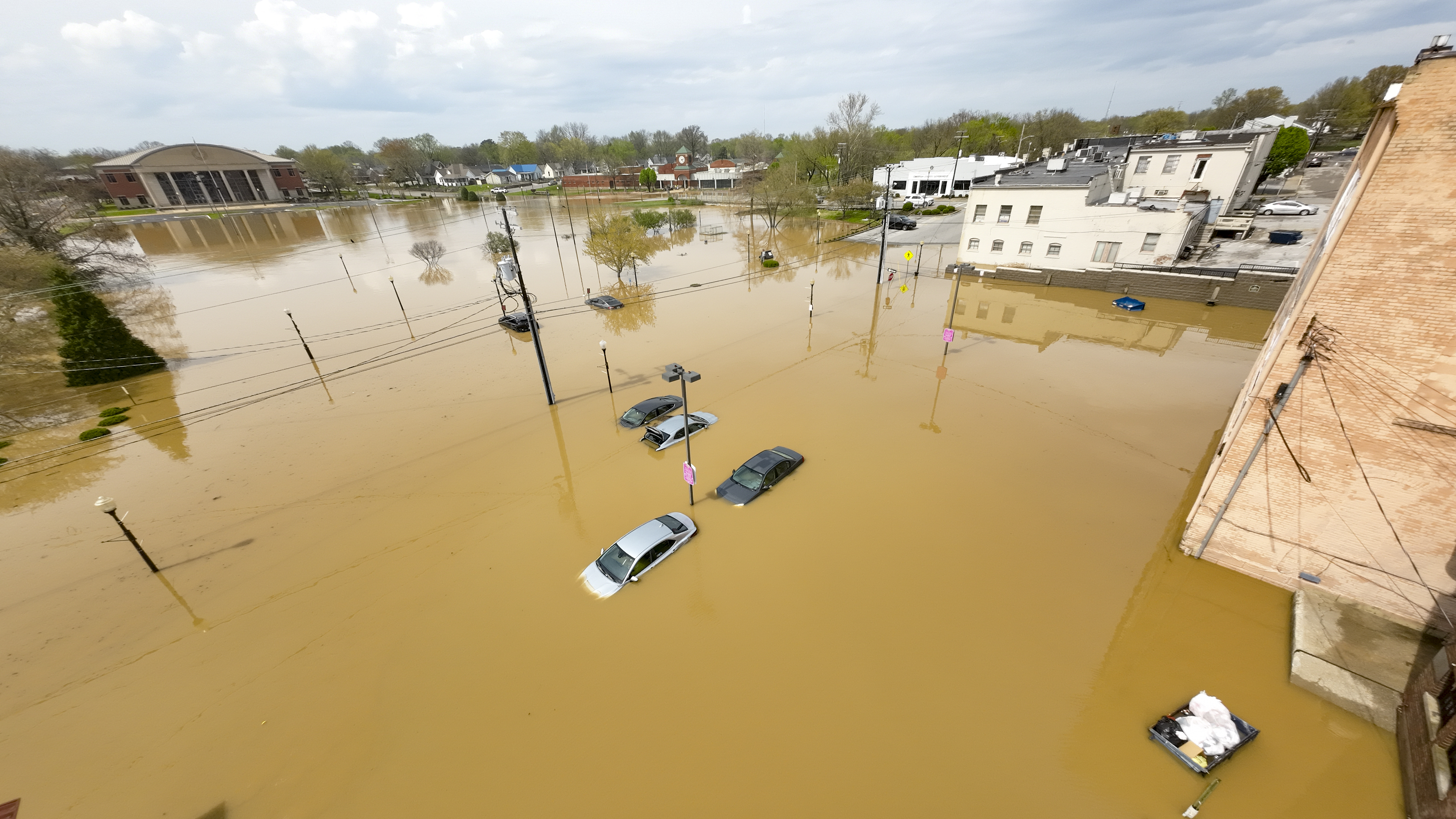Antarctica's sea ice reaches its lowest level since records began, for the 2nd year in a row
Antarctica's sea ice recently shrank to its lowest extent since satellite records began more than 40 years ago.

The amount of sea ice surrounding Antarctica has reached its lowest level since modern records began, for the second year in a row.
Sea ice is frozen seawater that floats on the ocean's surface around the planet's polar regions. It forms at much lower sustained temperatures than freshwater ice does, at around 28.8 degrees Fahrenheit (minus 1.8 degrees Celsius). Sea ice builds up during the winter until it reaches its maximum extent, and then melts away in the spring and summer until it reaches its minimum extent.
In Antarctica, where summer and winter are flipped relative to the Northern Hemisphere, sea ice normally reaches its maximum extent in September, when sea ice covers around 7 million square miles (18.5 million square kilometers). At its minimum extent, at the end of February, historically only around 1 million square miles (2.5 million square km) remains, according to the National Snow and Ice Data Center (NSIDC), based at the University of Colorado Boulder (UCB).
Last year, the minimum sea ice extent was less than 772,000 square miles (2 million square km), the lowest total since scientists began recording sea ice extent with satellites in 1979. On Feb. 21 this year, that number had shrunk to just 691,000 square miles (1.8 million square km), which is roughly 40% less than the average between 1981 and 2010, NSIDC reported.
Related: Melting sea ice could wipe out 98% of emperor penguins by the end of the century

The record-breaking minimum was expected after an extraordinarily hot January, which was the seventh warmest since records began 174 years ago, according to the National Oceanic and Atmospheric Administration.
"By the end of January, we could tell it was only a matter of time [until the record was broken]," Will Hobbs, an Antarctic sea ice expert at the University of Tasmania and the Australian Antarctic Program Partnership, told The Guardian. "It wasn't even a close run thing."
Sign up for the Live Science daily newsletter now
Get the world’s most fascinating discoveries delivered straight to your inbox.
Antarctica's minimum sea ice extent will likely continue to decrease in the coming decades as global temperatures rise as a result of human-caused climate change and more multiyear ice, which acts as a seed for new ice growth, melts away.
Why is sea ice important?
Sea ice is crucial for polar predators, such as penguins in Antarctica and polar bears in the Arctic, which use the ice as a platform for hunting. But the sea ice also helps stabilize ice on Antarctica.
"Lower sea ice extent means that ocean waves will pound the coast of the giant ice sheet, further reducing ice shelves around Antarctica," Ted Scambos, a senior research scientist at the Cooperative Institute for Research in Environmental Sciences based at UCB, said in a statement.
Ice shelf instability could, in turn, threaten massive glaciers, such as the Pine Island and Thwaites glaciers. The latter is commonly known as the Doomsday Glacier, which, despite melting at a slightly slower rate than previously expected, is still teetering perilously close to disaster.
"If these glaciers begin a more rapid runaway loss of land ice, it could trigger a dramatic increase in sea level rise rates before the end of this century," Julienne Stroeve, an NSIDC senior research scientist and professor at the University of Manitoba in Canada, said in the statement.
Sea ice also reflects sunlight back into space, which helps to cool Earth. Lower sea ice levels reduce the portion of light reflected, called albedo, which will further increase global warming.

Harry is a U.K.-based senior staff writer at Live Science. He studied marine biology at the University of Exeter before training to become a journalist. He covers a wide range of topics including space exploration, planetary science, space weather, climate change, animal behavior and paleontology. His recent work on the solar maximum won "best space submission" at the 2024 Aerospace Media Awards and was shortlisted in the "top scoop" category at the NCTJ Awards for Excellence in 2023. He also writes Live Science's weekly Earth from space series.









